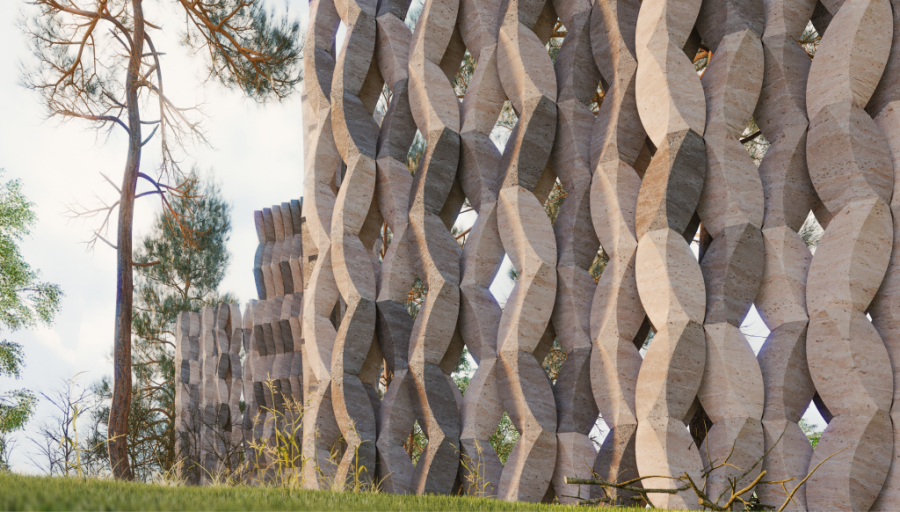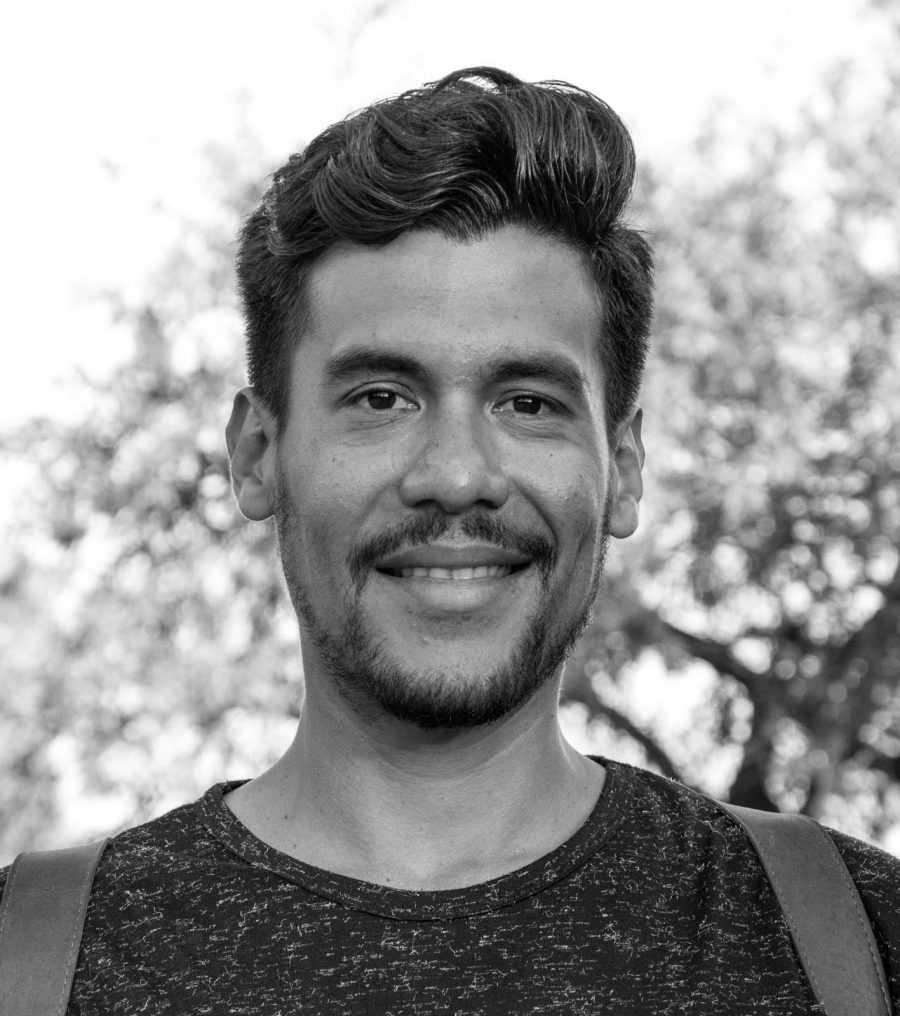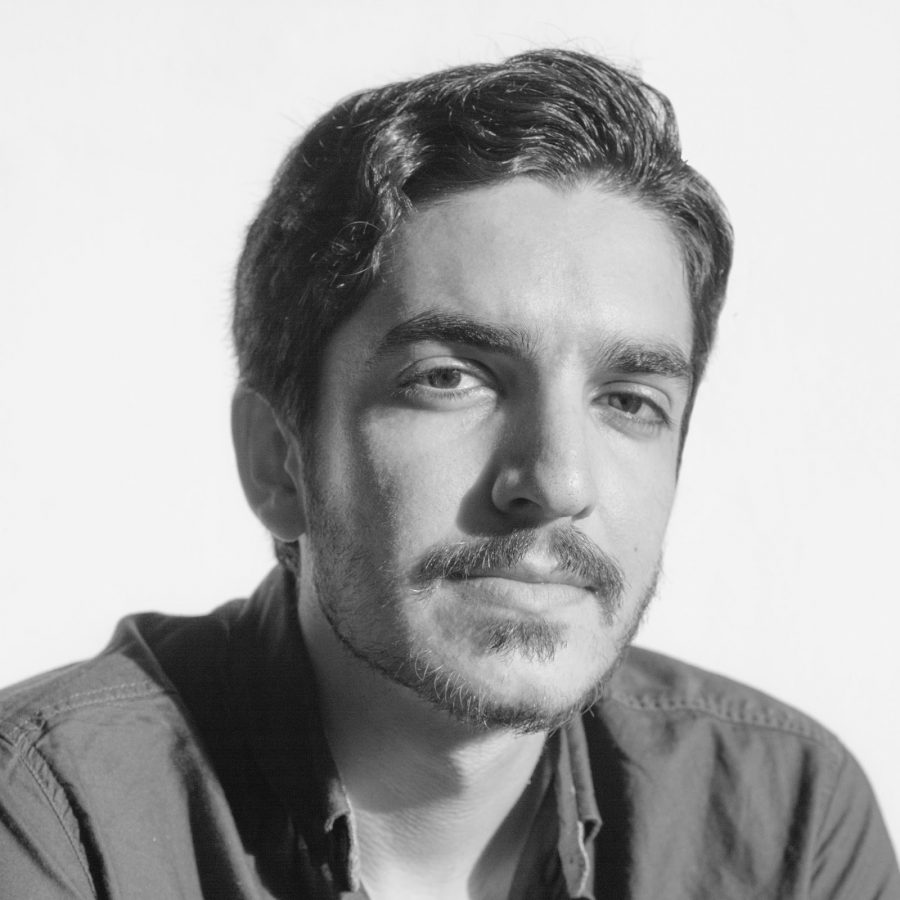IAAC – Institute for Advanced Architecture of Catalonia
Global Summer School Program 2021
Online Course: Computational Design // Advanced Stereotomic: Computational descriptive geometries
Duration: from the 5th until the 8th July 2021
ADVANCED STEREOTOMIC:
COMPUTATIONAL DESCRIPTIVE GEOMETRIES

Ph credits: Modular Stereotomy, Alexander Dommershausen & Iulia Lichwar
Syllabus
“Stereotomy” is the art and science of cutting three-dimensional solids into particular shapes. Typically this involves materials such as stone or wood which is cut to be assembled into complex structures such as walls, vaults, archs, etc. While originally formulated in the sixteenth–seventeenth century, stereotomy is valuable in contemporary architecture, and research about it continues today in various centers around the world. The reason for this is a sense of constructive rationalisation that is inherent to the discipline of stereotomy which permits the optimization of structural form through the knowledge of geometry and cutting techniques and to simplify it using advanced technologies and techniques for design and production of building elements.
Traditionally, “block-cutting” is dependent on very skilled craftsmen or multiple axis CNC machines. If pre-digital stereotomy mainly resorted to planar, spherical and conical sections, post-digital stereotomy encompasses a wide array of free-form surfaces made possible by the digital tools. Stereotomic voussoir geometric complexity is directly characterised by the technical possibilities available to produce them, hence the introduction of additive manufacturing.
In this workshop we will introduce stereotomic architecture, from its origins in the sixteenth century to the latest design applications and construction technologies. During this course we will focus on the design of shell structures with discretised building blocks that can be produced with 3d printing technology. With the help of computational design workflows and optimization processes, we will focus on form finding exploration with live physics simulations, FEM analysis and stereotomic subdivision for the production of rationalised interlocking structural elements that can self-support structural loads.
Learning objectives
At course completion the student will:
- Understand fundamental concepts of computational design
- Be introduced to logical algorithm thinking
- Have knowledge of basic concepts of generative design
- Be capable of generating parameterised processes
- Learn how to create dynamic modelling
- Be capable of creating parametric fabrication workflows
- Learn basic concepts of funicular structures
- Be introduced to basic structural analysis methods
- Learn about Stereotomic subdivision and voussoirs generation
Previous Knowledge / Students background requirements
The workshop is open to all applicants with a bachelor degree related to the fields of Architecture, Design, Arts and Engineering willing to engage in the program. No previous extensive knowledge is required. The participants will receive lectures and classes to be introduced to the workshop’s topics, softwares and tools.
Faculty

Rodrigo Aguirre is a Nicaraguan architect specialised in the fields of Algorithmic design, parametric tooling, digital fabrication and manufacturing. He obtained his bachelor in architecture at UAM (American University) in Managua, Nicaragua and completed the two year master in advanced architecture at the Institute for Advanced Architecture of Catalonia (IaaC) in Barcelona, Spain. He is a principal member of the computational faculty, and has acted as studio instructor for the masters program since 2014. His ongoing collaboration with the Institute´s REsearch + DEvelopment department and IAAC special projects has involved advanced form-finding and computational methods related to generative design. His labor as a ‘Tallerista’ has led to his involvement with workshops related to the translation of computational protocols to fabrication of physical prototypes.
Faculty Assistant

Ashkan Foroughi is an architect and researcher, interested in multidisciplinary and multi scalar approaches in architecture. He holds a bachelor of architecture, followed by a master of advanced interaction at (IAAC-2018) and a postgraduate degree in 3D printing architecture (IAAC-2019), where he specializes in robotic additive manufacturing and computational design. Since then he has been involved as a computational designer and roboticist at IAAC, collaborating in an array of seminars, workshops and projects.
WEEKLY SCHEDULE & TIMETABLES
Option 1 – Synchronous calendar (Barcelona time – GMT+2)
Recommend to European, African, Asian and Australian participants.
From Monday 5th July until Thursday 8th July 2021
Teaching activities will run from 10.00 to 14.00 GMT+2
– 8 hrs of live teaching
– 8 hrs of live mentoring and exercises review
– 1 hr of IAAC summer lecture
– Final GSS diploma certificate ceremony
Option 2 – Asynchronous calendar (America time – GMT-4)
Solution recommended to participants from all the time zones who are looking for a more flexible schedule.
From Monday 5th July until Friday 9th July
Live teaching activities will run from 11.00 am to 1.00 pm (GMT-4)
– 8 hrs of recorded teaching
– 8 hrs of live mentoring and exercises review
– 1 hr of IAAC summer lecture
– Final live GSS diploma certificate ceremony
Main tools
Software
Rhinoceros 7.0. The 90-day trial version can be downloaded from the website www.rhino3d.com/eval.html
Other software to be specified by session.
Because Grasshopper 3D works best for the Windows operating system, we recommend students to have an installation of Windows (preferable Windows 10 x64). If you have an Apple computer, it is recommended that you install Windows on Boot Camp which will perform better than Parallels or VMWare. It is recommended that you max out the RAM potential on your computer.
Plugins
All Grasshopper plugins will be provided by the instructors.
Hardware
8 GB memory (RAM) or more
At least 600 MB space in the hard drive
We recommend a compatible video card for OpenGL 4.1.
Operational System
Windows 10, 8.1 or 7 SP2 (Grasshopper 3D is only currently available for the Windows operating system. For this reason, every student is required to have an installation of Windows).
Note: If you have an Apple computer, it is recommended that you install Windows on Boot Camp which will perform better than Parallels or VMWare.

